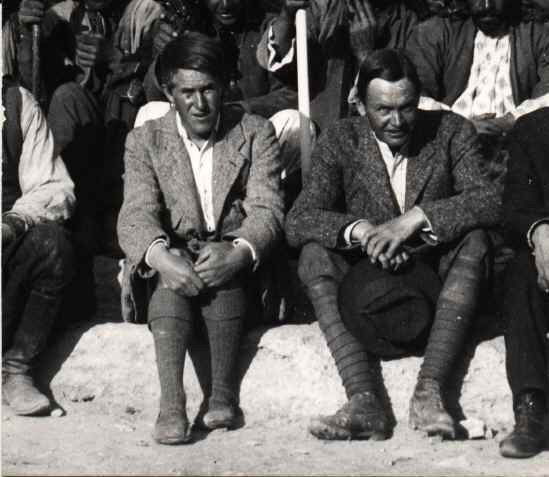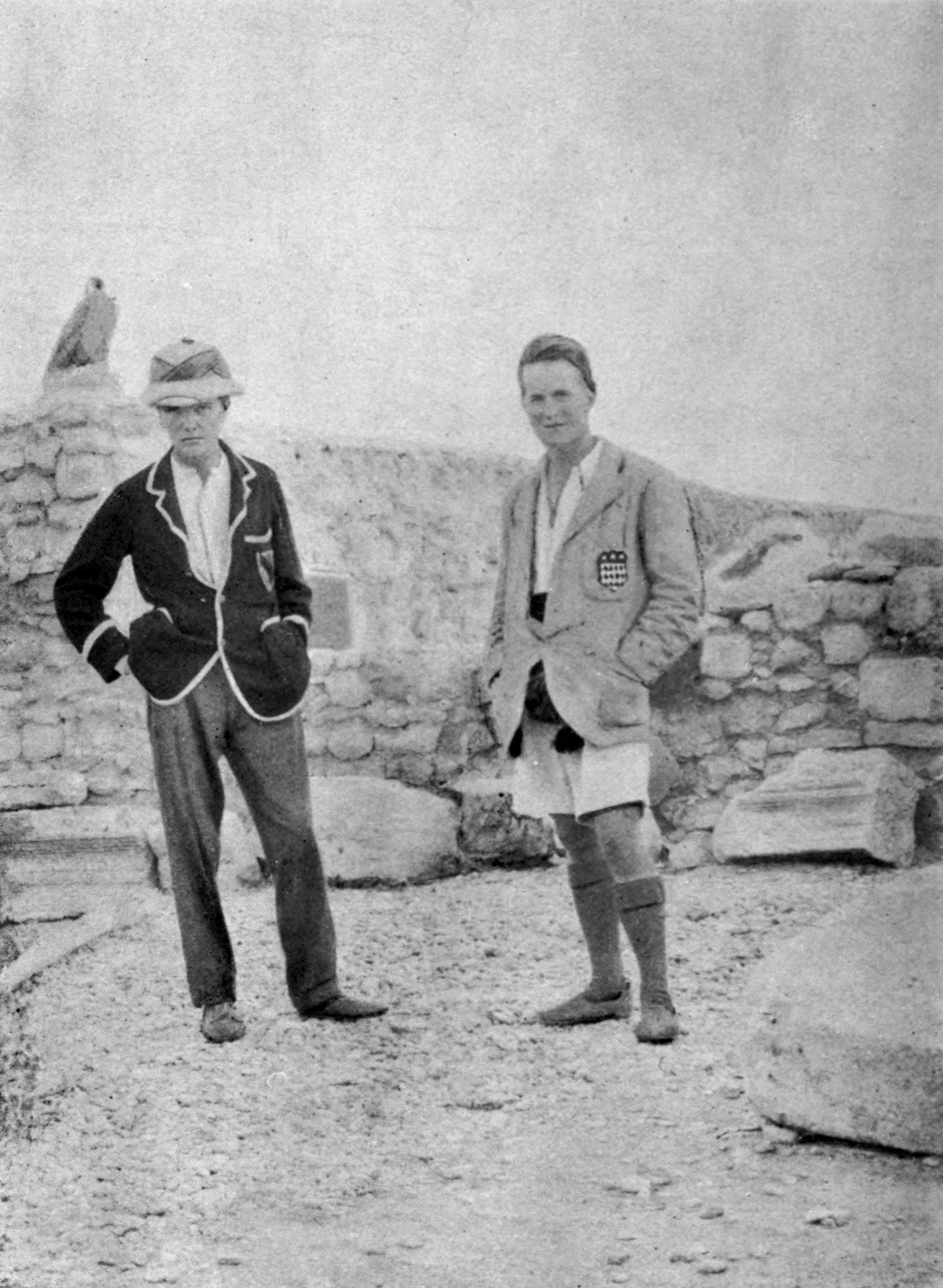Articles features
Lawrence of Arabia's own evolution must also be understood'

New Delhi, Feb 27
With the Middle East in turmoil and much of the blame being put on the post-World War I settlement imposed by western powers, the legacy of T.E. Lawrence, who understood the region as few outsiders have done but has been ignored, is all the more important but also vital is how he himself evolved to the role, says British journalist and author Anthony Sattin.
"If Lawrence came back today, he would most likely say 'Told you so', with regard to viability of the series of the independent Arab states, all ruled by the Hashemites (notably Iraq), whom the British backed.
"It is a tragedy that Western political and military leaders have not understood, as Lawrence did, the delicate patchwork between tribe, ethnicities and religion in the region," Sattin, whose main focus is the Middle East and Africa and has extensively travelled and written on the region, told IANS in an interview.
The author of "Young Lawrence: A Portrait of the Legend as a Young Man" (2014), which seeks to trace Lawrence's pre-war life and the influences that instilled in him a rare understanding of the region, says he wrote the book to deal with the perceptions fostered by David Lean's 1962 epic "Lawrence of Arabia".
"For one, the film shows Lawrence as tall since Peter O' Toole who played him was... but the real Lawrence was quite short.
"Then, according to the film, it seems that Lawrence came to the Middle East during the First World War and jumped into participating in the Arab revolt, (but) he first visited the region in 1909 and spent the period of 1910-14 as an archaeologist in (then Ottoman) Syria," said Sattin, who was in India to attend the Jaipur Literature Festival.
Though Lawrence (1888-1935) wrote much on his own life and activities, he did not dwell on his early years in them and it is believed that the first version of his "Seven Pillars of Wisdom", which we now know as his masterly account of the Arab revolt, dealt with this but was reportedly destroyed by him in 1914.
"Even Jeremy Wilson, who is considered to have written the definitive biography ('Lawrence of Arabia: The Authorised Biography of T. E. Lawrence', 1989) has not focussed on it... one part of his life is not covered and Lawrence has become an image.
"I have tried to make a real person... give him complexity," says Sattin, whose work focusses on Lawrence's birth (out of wedlock), his difficult relationship with dominating mother, his deep affection for an Arab boy, his extraordinary journeys in the Middle East, and why he became an archaeologist and a spy.
On this Arab boy, Selim Ahmed alias "Dahoum" or the dark one, who was a water boy at the site but Lawrence made him his assistant, he says it was clear that Lawrence was in love with him, but dismisses it was a sexual relationship, as many have claimed.
"It was like (ancient) Greek love of an older man for a younger boy. I don't think that it was sexual though many like (renowned archaeologist) Leonard Woolley who also worked at the site, cited a naked sculpture that Lawrence did and claimed it was modelled on Dahoum and had outraged the local people" he said.
Despite Lawrence writing about homosexuality in "Seven Pillars..", Sattin holds Lawrence himself was not one. "He was pretty sexless...thought sex to be disgusting."
On the current regional situation, Sattin says he has travelled recently through Egypt, Algeria, Tunisia, Iran and Turkey, and found "great despair, corruption, oppression and lack of vision in policy", but before the Arab Spring, there was hopelessness and "there is now some hope, even with the counter-revolutions and civil war".
Though leaders like Turkey's Recip Tayyip Erdogan, Algeria's Abdelaziz Bouteflika and Egypt's Abdel Fattah al-Sisi have made it difficult to protest, "steam was building up" and it would be difficult to contain until the economies build up, he said, but added he was hopeful that things can turn around.
(Vikas Datta can be contacted at vikas.d@ians.in)

 T. E. Lawrence (left) at a dig in Syria in 1913
T. E. Lawrence (left) at a dig in Syria in 1913  T.E. Lawrence (right) at a dig in Syria in 1912
T.E. Lawrence (right) at a dig in Syria in 1912 


































